Will Sahara Desert Become Green Again
The Sahara was once home to hippos.
Quondam between xi,000 and 5,000 years agone, after the last ice age ended, theSahara Desert transformed. Greenish vegetation grew atop the sandy dunes and increased rainfall turned barren caverns into lakes. Nigh 3.five million foursquare miles (ix 1000000 foursquare kilometers) of Northern Africa turned green, drawing in animals such ashippos, antelopes,elephants and aurochs (wild ancestors of domesticated cattle), who feasted on its thriving grasses and shrubs. This lush paradise is long gone, but could it always render?
In short, the answer is yes. The Greenish Sahara, also known every bit the African Humid Period, was caused by the World's constantly irresolute orbital rotation around its axis, a pattern that repeats itself every 23,000 years, co-ordinate to Kathleen Johnson, an associate professor of Earth systems at the Academy of California Irvine.
Notwithstanding, because of a wildcard — man-acquiredgreenhouse gas emissions that have led to runawayclimate modify — information technology'southward unclear when the Sahara, currently the world's largest hot desert, volition turn a new dark-green leaf.
The Sahara's greenish shift happened because Globe's tilt changed. About 8,000 years ago, the tilt began moving from about 24.1 degrees to the current day 23.5 degrees, Space.com, a Alive Science sister site,previously reported. That tilt variation made a big departure; right now, the Northern Hemisphere is closest to the sun during the winter months. (This may sound counterintuitive, but because of the electric current tilt, the Northern Hemisphere is tilted abroad from the sun during the wintertime flavour.) During the Greenish Sahara, still, the Northern Hemisphere was closest to the sun during the summer.
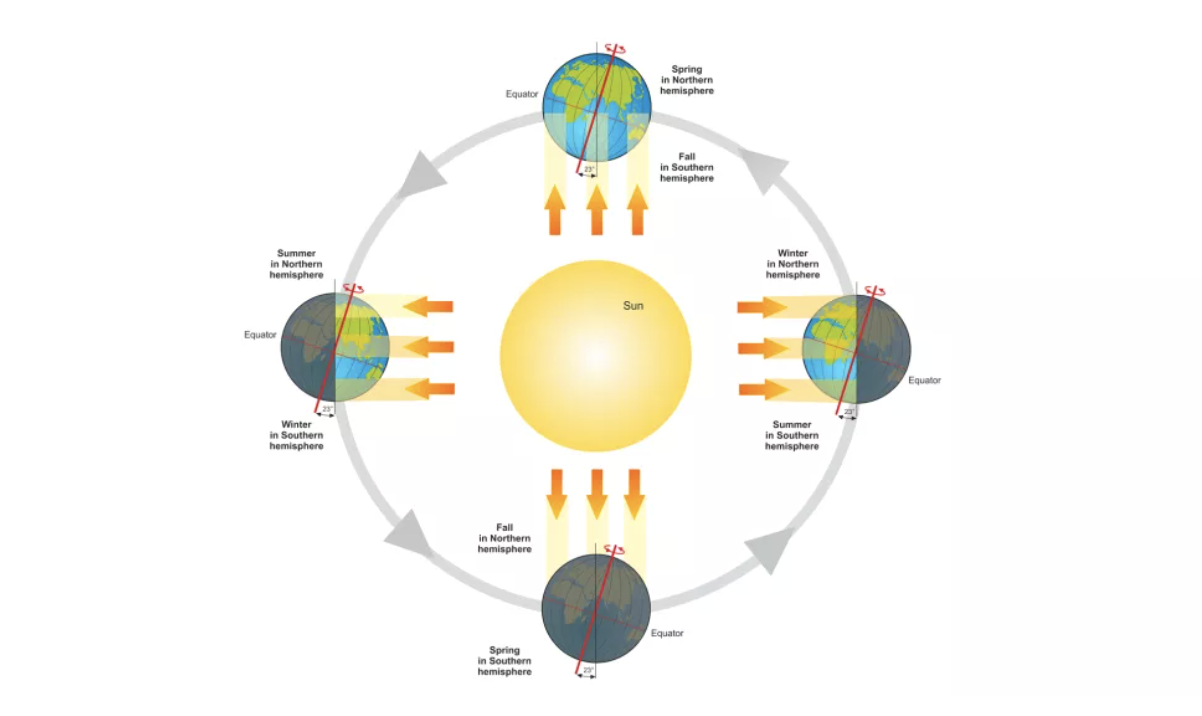
This led to an increase in solar radiation (in other words, rut) in Earth's Northern Hemisphere during the summer months. The ascension in solar radiation amplified the Africanmonsoon, a seasonal current of air shift over the region caused by temperature differences between the state and sea. The increased heat over the Sahara created a low pressure level organisation that ushered moisture from the Atlantic Ocean into the barren desert. (Usually, the wind blows from dry country toward the Atlantic, spreading grit that fertilizes the Amazon rainforest and builds beaches in the Caribbean,Alive Scientific discipline previously reported.)
This increased wet transformed the formerly sandy Sahara into a grass and shrub-covered steppe,according to the National Oceanic and Atmospheric Administration (NOAA). As animals in that location prospered, humans did too, eventually domesticating buffalo and goats and even creating an early organization of symbolic art in the region, NOAA reported.
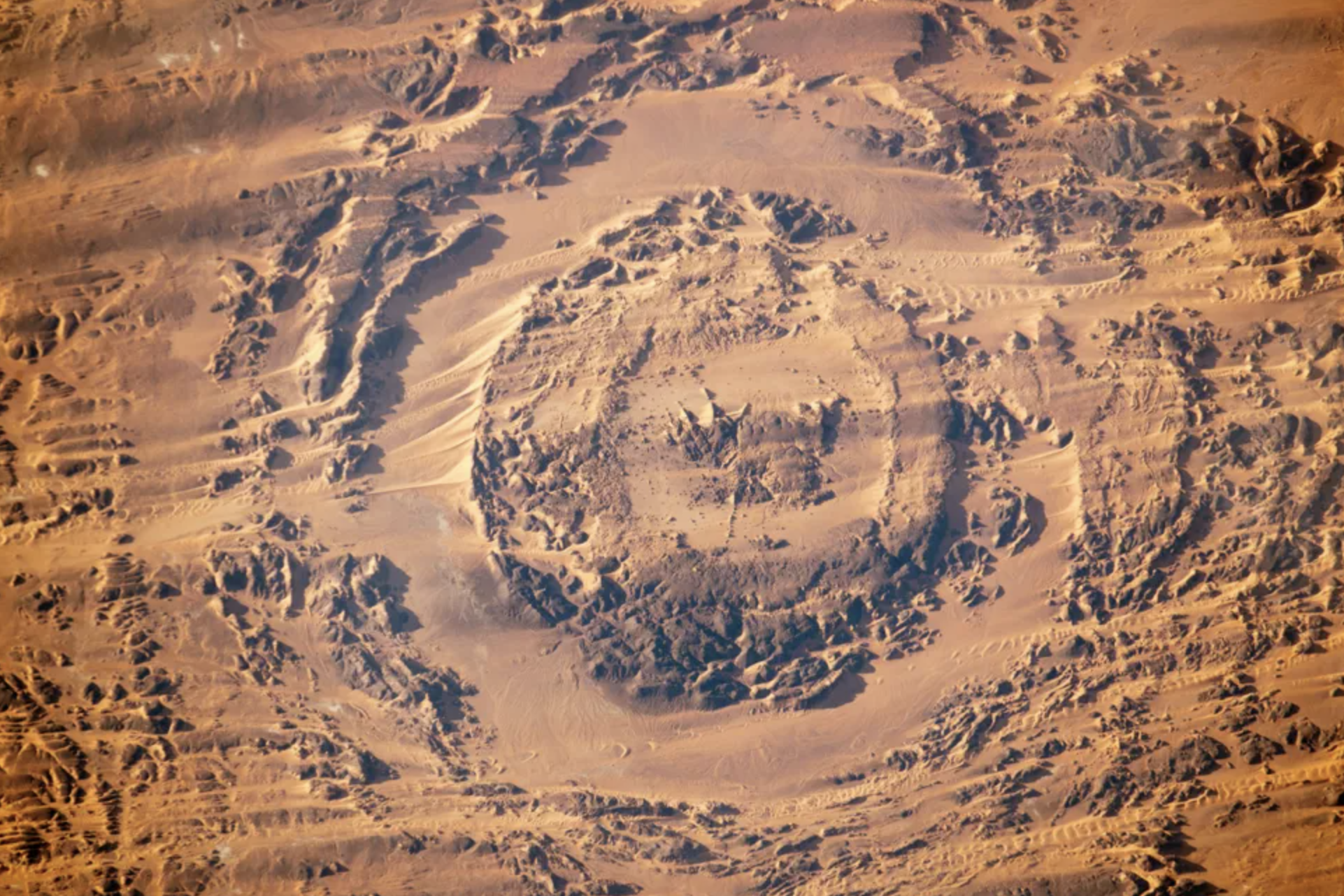
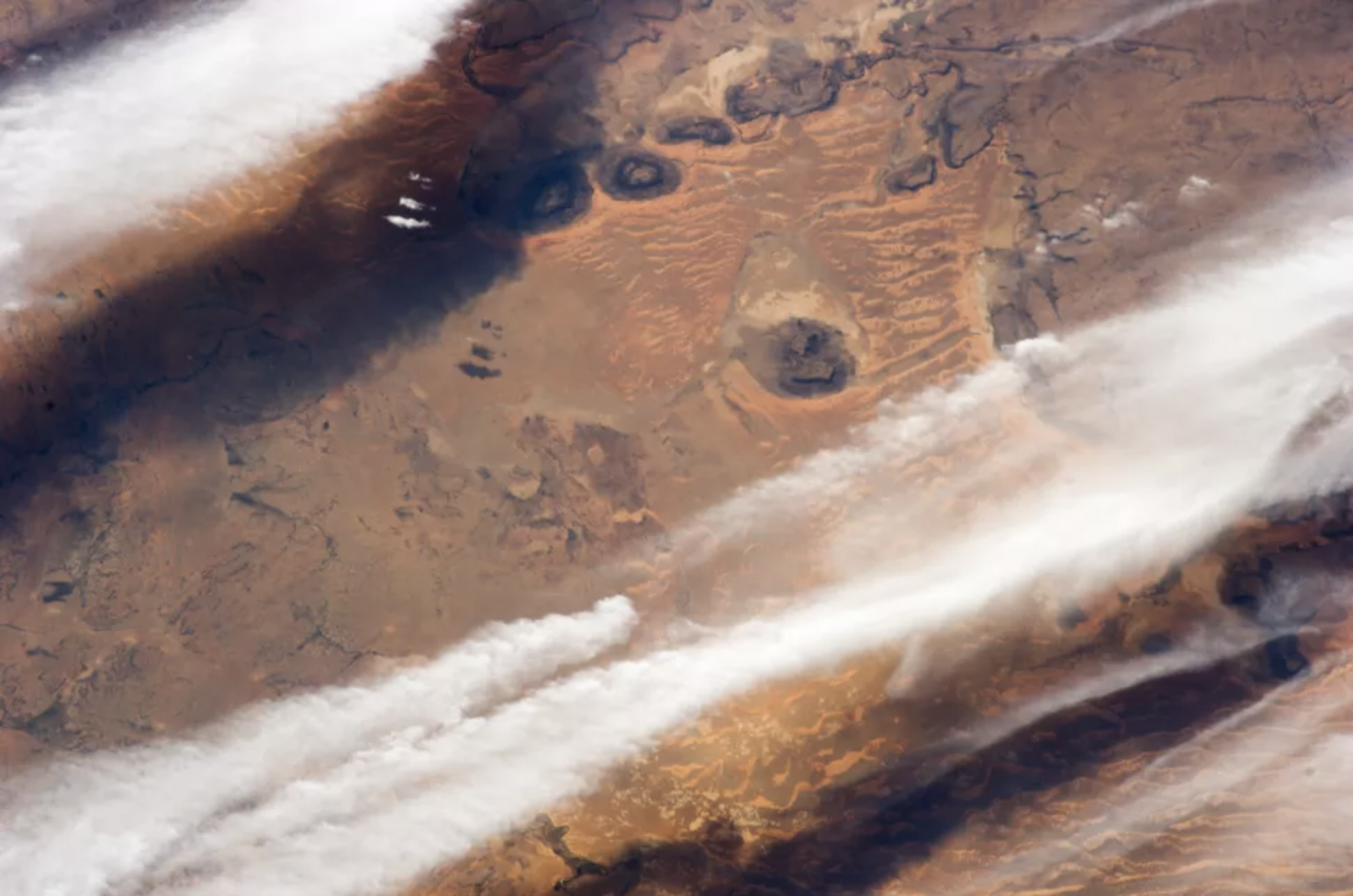
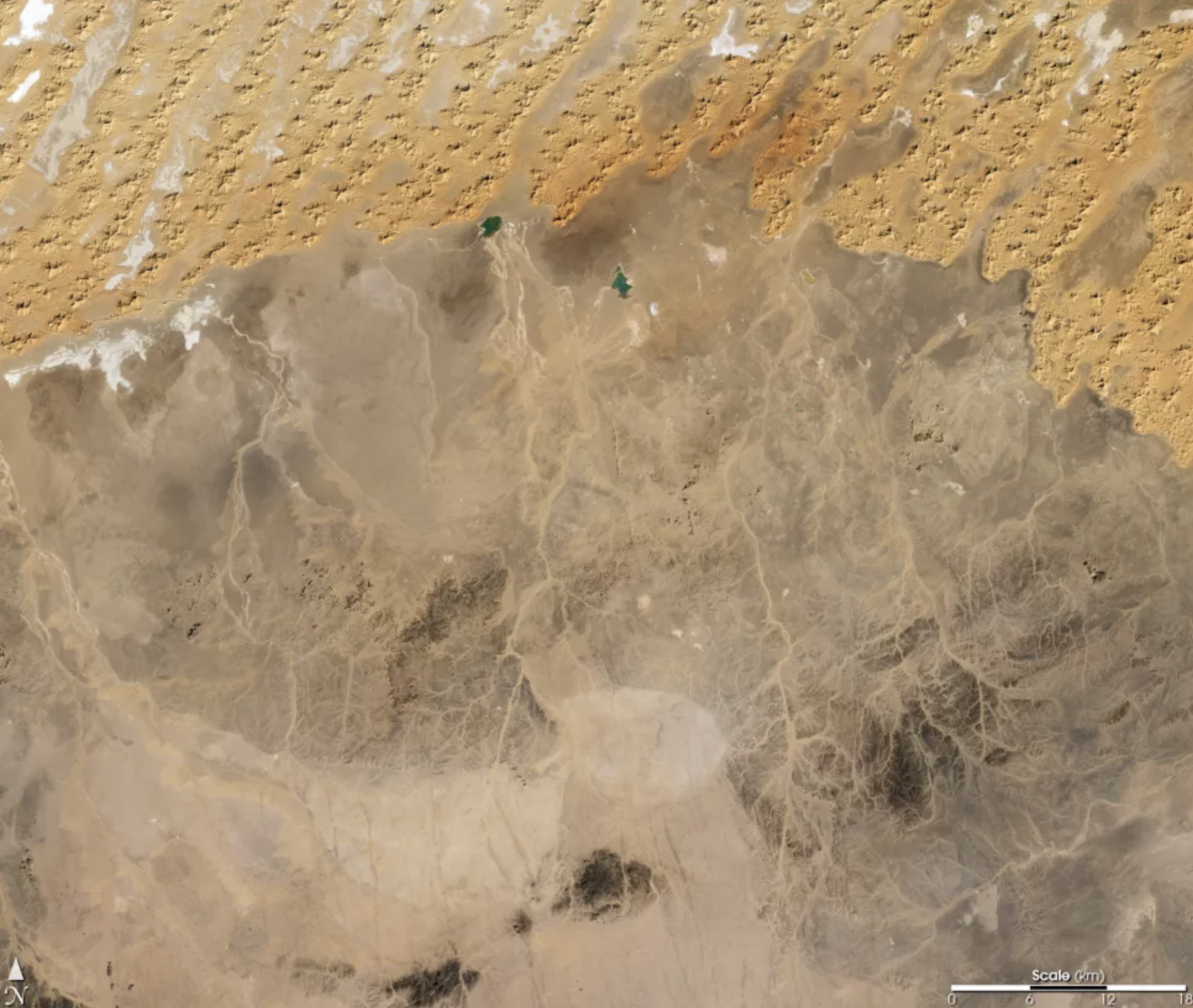
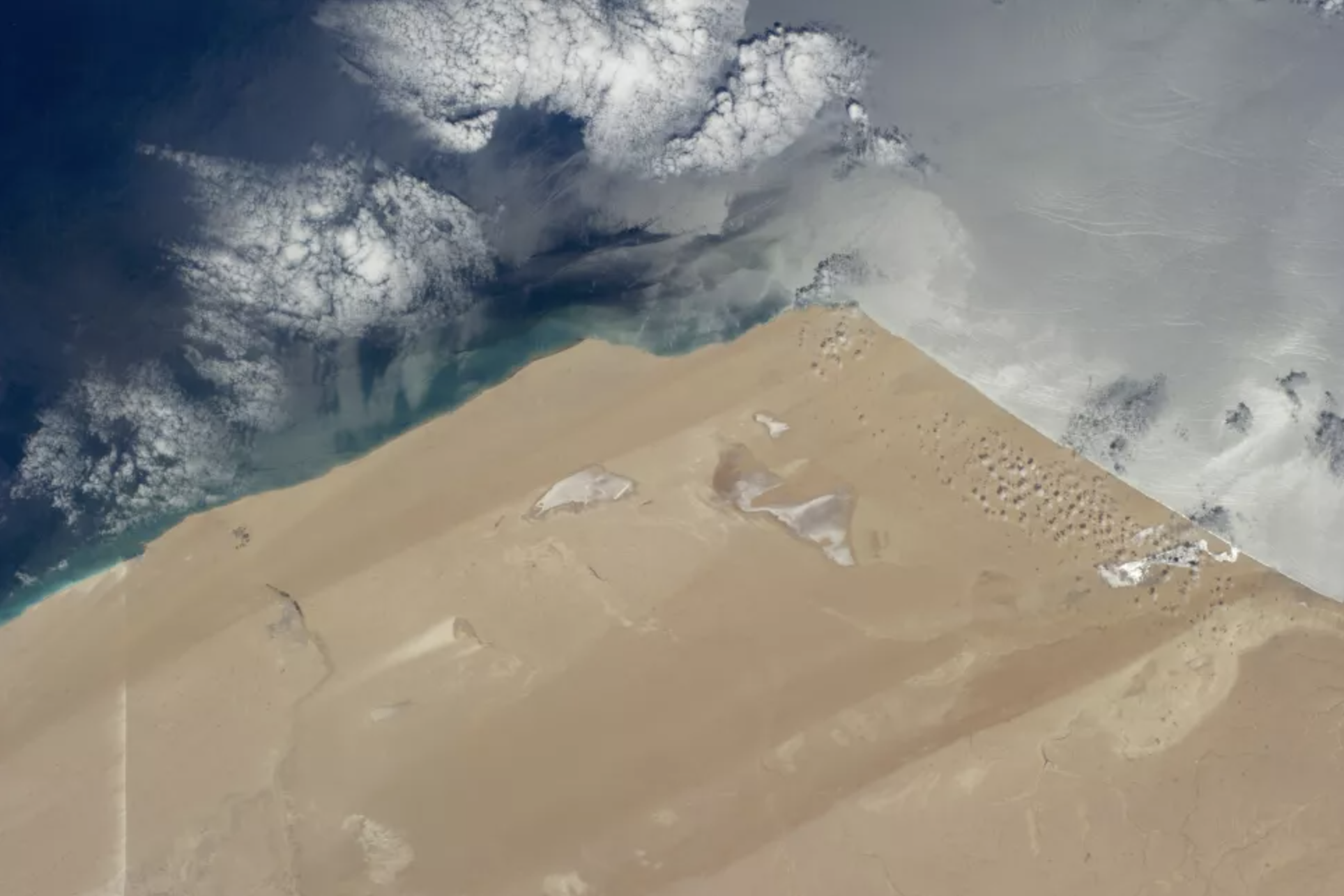
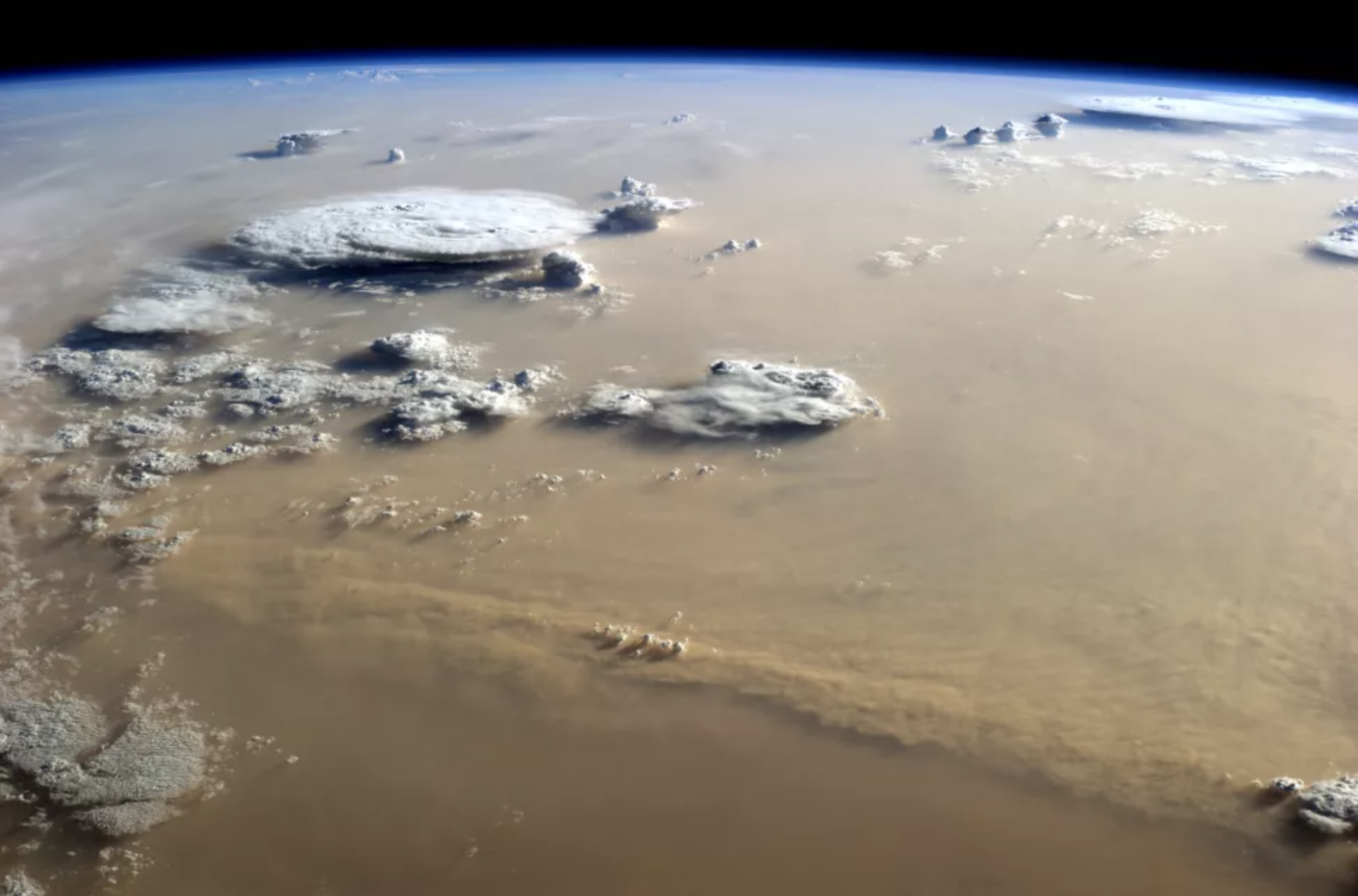

Wobbling Earth
Only why did Earth's tilt change in the starting time place? To sympathise this monumental change, scientists have looked to Earth's neighbors in the solar organization.
"The Earth'south axial rotation is perturbed past gravitational interactions with the moon and the more massive planets that together induce periodic changes in the Earth's orbit," Peter de Menocal, the director at the Heart for Climate and Life at Lamont-Doherty Earth Observatory at Columbia Academy in New York,wrote in Nature. One such modify is a "wobble" in the Globe's centrality, he wrote.
That wobble is what positions the Northern Hemisphere closer to the lord's day in the summertime — what researchers call a Northern Hemisphere summer insolation maximum — every 23,000 years. Based on research first published in the journalScientific discipline in 1981, scholars approximate that the Northern Hemisphere had a 7% increase in solar radiation during the Green Sahara compared with at present. This increase could have escalated African monsoonal rainfall by 17% to l%, according to a 1997 study published in the journalScience.
What's interesting to climate scientists about the Green Sahara is howabruptly it appeared and vanished. The termination of the Green Sahara took only 200 years, Johnson said. The change in solar radiation was gradual, but the landscape changed suddenly. "It'southward an case of abrupt climate alter on a scale humans would notice," she said.
"Records from ocean sediment prove [that the Green Sahara] happens repeatedly," Johnson told Live Science. The next Northern Hemisphere summer insolation maximum — when the Green Sahara could reappear — is projected to happen once again about 10,000 years from now in A.D. 12000 or A.D. 13000. But what scientists tin can't predict is how greenhouse gases will bear on this natural climate bike.
Paleoclimate research "provides unequivocal testify to what [humans] are doing is pretty unprecedented," Johnson said. Even if humans terminate emitting greenhouse gases today, these gases would still be elevated past the year 12000. "Climate change will be superimposed onto the Earth's natural climate cycles," she said.
That said, at that place'southward geologic evidence from ocean sediments that these orbitally-paced Green Sahara events occur as far dorsum as the Miocene epoch (23 meg to 5 million years ago), including during periods when atmospheric carbon dioxide was similar to, and perchance college, than today'southward levels. So, a future Greenish Sahara result is still highly probable in the distant time to come. Today's ascent greenhouse gases could fifty-fifty have their own greening result on the Sahara, though not to the degree of the orbital-forced changes, according to a March review published in the periodical One Earth. But this idea is far from certain, due to climate model limitations.
Meanwhile, in that location is another style to turn parts of the Sahara into a greenish mural; if massive solar and air current farms were installed at that place, rainfall could increase in the Sahara and its southern neighbor, the semiarid Sahel, according to a 2018 study published in the periodicalScience.
Current of air and solar farms tin can increment heat and humidity in the areas around them,Live Science previously reported. An increase in precipitation, in plough, could lead vegetation growth, creating a positive feedback loop, the researchers of that study said. All the same, this huge undertaking has notwithstanding to be tested in the Sahara Desert, so until such a project gets funding, humans might have to look until the yr 12000 or longer to see whether the Sahara will turn dark-green again.
Originally published on Live Scientific discipline.
Source: https://ps.uci.edu/news/2017
0 Response to "Will Sahara Desert Become Green Again"
Post a Comment